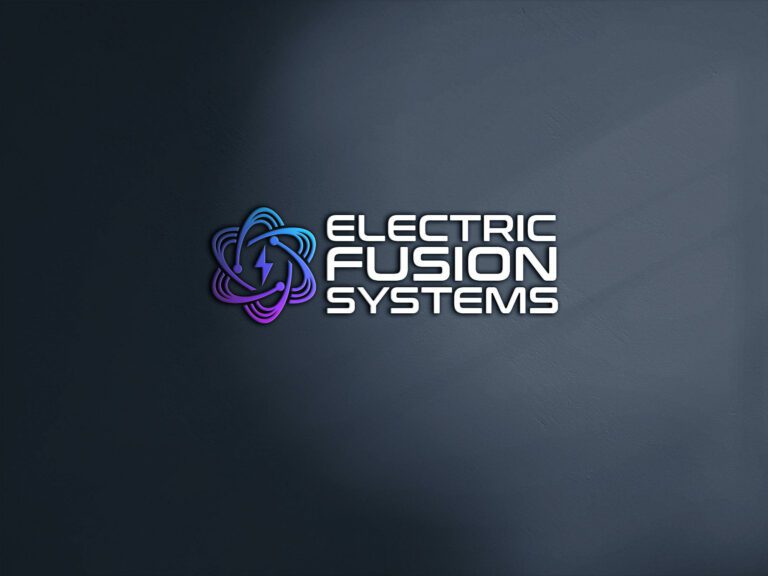In this brief review, the opportunities that the alkaline-earth elements offer for studying new aspects of Rydberg physics are discussed. For example, the bosonic alkaline-earth isotopes have zero nuclear spin which eliminates many of the complexities present in alkali Rydberg studies permitting simpler and more direct comparison between theory and experiment. The presence of two valence electrons allows the production of singlet and triplet Rydberg states that can exhibit a variety of attractive or repulsive interactions. The availability of weak intercombination lines is advantageous for laser cooling and for applications such as Rydberg dressing.Excitation of one electron to a Rydberg state leaves behind an optically-active core ion allowing, for high-L states, the optical imaging of Rydberg atoms and their (spatial) manipulation using light scattering. The second valence e. Recent advances in both theory and experiment are highlighted together with a number of possible directions for the future.lectron opens up the possibility of engineering long-lived doubly-excited states such as planetary atoms.
Introducing EFS’s Fusion Energy AI Ambassador
BROOMFIELD, Colo., September 21, 2023 (Newswire.com) – Electric Fusion Systems (EFS) acknowledges the challenges faced in conveying the intricacies of our novel fusion approach to

